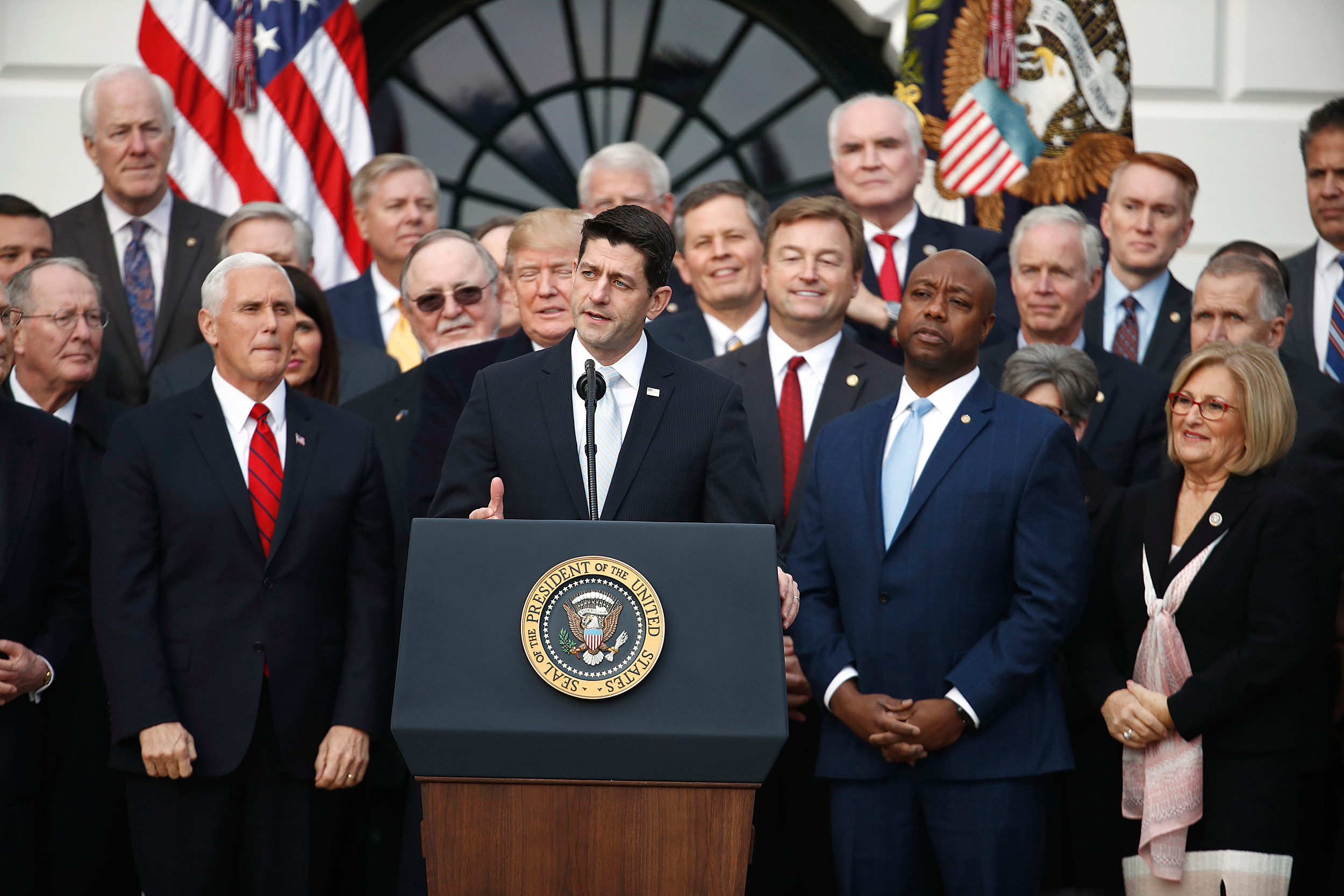The Rise Of Secondhand: A Golden Age?

Table of Contents
Environmental Benefits of Secondhand Shopping: A Sustainable Choice
The fashion industry alone is responsible for a staggering amount of textile waste, contributing significantly to environmental pollution. Secondhand shopping offers a powerful antidote to this problem.
Reducing Textile Waste
- Fast fashion's impact: The fast fashion industry produces massive amounts of clothing that often ends up in landfills after only a few wears.
- Diverting waste: Buying secondhand directly diverts these unwanted garments and other goods from landfills, reducing the strain on our planet's resources.
- Waste reduction statistics: Studies show that for every one ton of used clothing resold, approximately 25 tons of textile waste is avoided. Initiatives like The Renewal Workshop demonstrate successful models for textile recycling and upcycling.
- Examples: Several successful secondhand initiatives focus on textile recycling and upcycling, turning discarded materials into new products.
Lower Carbon Footprint
Producing new goods demands substantial energy and resources, resulting in a significant carbon footprint. Secondhand shopping dramatically reduces this impact.
- Manufacturing's environmental cost: Manufacturing processes from raw material extraction to transportation release greenhouse gases.
- Reduced emissions: Buying pre-owned significantly lowers the carbon emissions associated with creating new products.
- Carbon footprint comparison: Studies consistently show that purchasing secondhand items has a considerably lower carbon footprint compared to buying new.
Conserving Resources
Choosing secondhand minimizes the consumption of raw materials, directly impacting water usage, energy consumption, and pollution.
- Reduced raw material demand: Secondhand shopping reduces the need to extract virgin materials like cotton, reducing associated environmental damage.
- Impact on water and energy: The production of new clothing is incredibly water and energy-intensive; buying used significantly reduces this demand.
- Sustainable materials: Even when choosing secondhand items made from sustainable materials, the environmental impact is less than producing entirely new ones.
Economic Advantages of the Secondhand Market: Affordability and Opportunity
The secondhand market offers compelling economic benefits for both consumers and businesses.
Affordability and Access
Secondhand shopping democratizes access to quality goods.
- Increased affordability: Secondhand items are generally significantly cheaper than their new counterparts, making them accessible to a wider consumer base.
- Price differences: The price difference between new and used items can be substantial, especially for luxury goods.
- Access to luxury: The secondhand market opens up the possibility of owning high-quality, luxury goods at a fraction of the original cost.
Supporting Small Businesses and Entrepreneurs
The rise of online secondhand marketplaces has fueled the growth of small businesses and individual entrepreneurs.
- Growth of online marketplaces: Platforms like eBay, Poshmark, and Depop facilitate the buying and selling of secondhand goods, empowering small businesses.
- Economic opportunities: Reselling secondhand goods provides income opportunities for individuals and creates jobs within communities.
- Successful secondhand businesses: Many successful businesses are built on the secondhand market model, proving its economic viability.
The Circular Economy
Secondhand shopping is a cornerstone of the circular economy, promoting sustainability and resource efficiency.
- Extending product lifespan: By buying secondhand, we extend the life cycle of products, reducing waste and resource depletion.
- Waste reduction benefits: The circular economy minimizes waste by prioritizing reuse and recycling, reducing the demand for new products.
- Circular economy initiatives: Many initiatives promote circular economy models, integrating secondhand shopping as a crucial component.
Challenges and Considerations of Secondhand Shopping
While the benefits are numerous, secondhand shopping does present some challenges.
Quality Control and Authenticity
Verifying the quality and authenticity of secondhand goods requires diligence.
- Potential risks: There's a risk of receiving damaged, defective, or counterfeit items when buying secondhand.
- Authenticity verification: Researching sellers, checking reviews, and carefully inspecting product photos help ensure authenticity.
- Seller ratings: Relying on seller ratings and reviews on online platforms can significantly reduce the risk.
Hygiene and Cleaning
Proper cleaning and sanitization are crucial when purchasing secondhand items.
- Hygiene concerns: Concerns about hygiene are legitimate, particularly with clothing and textiles.
- Cleaning and sanitizing methods: Thorough cleaning and sanitization procedures should be followed before using any secondhand item.
- Responsible sourcing: Choosing sellers who prioritize cleaning and hygiene helps mitigate these concerns.
Accessibility and Equity
Access to secondhand goods isn't uniform across all communities.
- Geographical limitations: Access to secondhand shops or online marketplaces may be limited in certain areas.
- Digital literacy: Online secondhand marketplaces require digital literacy, potentially excluding some populations.
- Improving accessibility: Efforts to improve access for all communities, such as expanding brick-and-mortar options or providing digital literacy support, are necessary.
Conclusion: Embracing the Secondhand Revolution
The rise of secondhand shopping offers a potent combination of environmental sustainability, economic advantages, and unique style. By extending the lifespan of products, reducing waste, and supporting small businesses, secondhand shopping contributes significantly to a healthier planet and a more equitable economy. While challenges exist regarding quality control, hygiene, and accessibility, solutions are emerging to address these concerns. Start your secondhand journey today! Discover the sustainable style and economic benefits of buying pre-owned and embrace the secondhand revolution.

Featured Posts
-
 Erneuter Einsatz An Braunschweiger Schule Gebaeude Geraeumt Keine Kinder Betroffen
May 13, 2025
Erneuter Einsatz An Braunschweiger Schule Gebaeude Geraeumt Keine Kinder Betroffen
May 13, 2025 -
 Persipura Butuh Kamu Seruan Dukungan Dari Kakanwil Papua
May 13, 2025
Persipura Butuh Kamu Seruan Dukungan Dari Kakanwil Papua
May 13, 2025 -
 Eva Longoria Sizzles In A Tiny Leopard Bikini
May 13, 2025
Eva Longoria Sizzles In A Tiny Leopard Bikini
May 13, 2025 -
 Current Obituaries A Tribute To Our Communitys Deceased
May 13, 2025
Current Obituaries A Tribute To Our Communitys Deceased
May 13, 2025 -
 Significant Endowment Tax Increase For Harvard And Yale A Detailed Analysis
May 13, 2025
Significant Endowment Tax Increase For Harvard And Yale A Detailed Analysis
May 13, 2025
